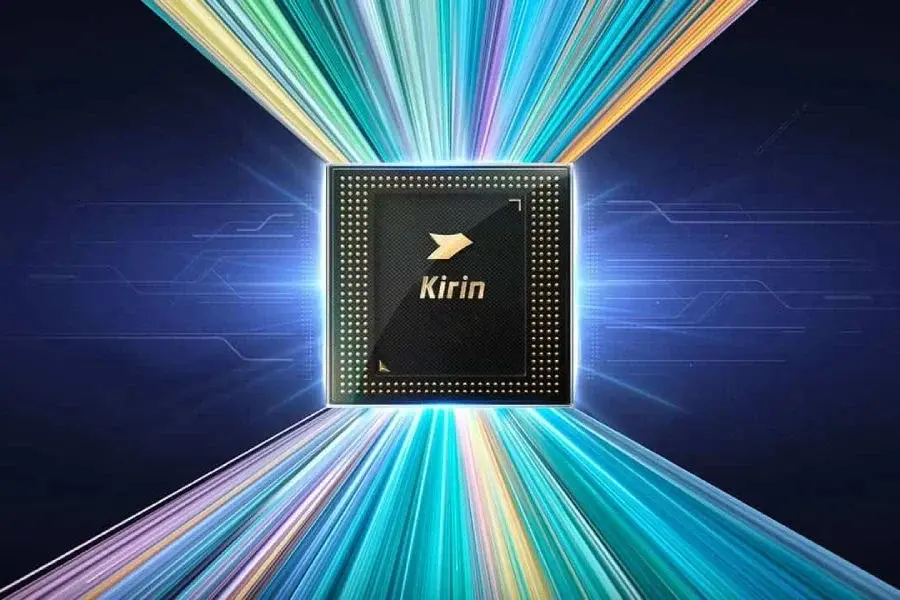Huawei’s upcoming Mate 70 flagship is likely to continue using the 7nm Kirin chips, possibly the Kirin 9100, which features improved transistor density thanks to SMIC’s N+3 technology. This decision is driven by the high costs and potential yield issues associated with SMIC’s efforts to produce 5nm chips using DUV technology. SMIC, China’s leading chipmaker, faces significant challenges due to US sanctions and Dutch export restrictions, which limit its access to advanced EUV technology and force it to rely on older DUV machines, putting it behind competitors like TSMC and Samsung Foundry.
SMIC’s Efforts on 5nm Process Using DUV Lithography
Despite these hurdles, rumors suggest that SMIC is actively working on a 5nm process using DUV lithography. While this approach shows promise in terms of energy efficiency, substantial cost reductions are needed to make it commercially viable for Huawei.
Chipset Choices for the Mate 70
The choice of chipset for the Mate 70 remains uncertain. Opting for the 7nm process offers a safer route, whereas moving to a DUV-based 5nm process presents opportunities for advancement but comes with considerable risks. The success of SMIC in refining its 5nm process will ultimately influence Huawei’s chip strategy for future flagship devices.


Leave a Reply